CONTENTS
Guide To Flying With Musical Instruments: Complete Instructions
Travelling with your musical instruments can be tricky, but with good preparations, you can always have peace of mind. Speaking of which, our complete guide to flying with musical instruments will provide important insights to ensure your instruments arrive safely. Use the instructions to enjoy flying most comfortably with your cellos or guitars.
>> Learn more about what you can bring on the flight here.
Rules On Travelling With Musical Instruments

Everything you need to know when flying with an instrument. Photo by Mirko Vitali - stock.adobe.com
According to the Transportation Rules for Musical Instruments from the US Department of Transportation, it’s required by law that passengers can bring musical instruments to the plane as carry-on or checked baggage. However, there will be regulations on their weight and size limits, which will vary depending on the airlines.
More Ground Rules
The TSA states that all musical instruments (and sporting equipment) must be inspected at the security checkpoint when transported as carry-on. As checked baggage, they also have to pass through the screening.
Most of the time, you must purchase another seat for your large instruments. Ensure the instruments can be safely stored on your extra seat and don’t exceed their weight or size limits.
Plus, you can bring multiple instruments as your carry-on or checked baggage. Just ensure they comply with the weight and size limits of the airlines (fit inside the overhead bin or under the front seat). And usually, it’s recommended that you arrive early to allow for extra check-in time.
At the same time, large instruments can be checked in the hold when you board the flight. But if you are concerned about their handling, you can carry them onto the plane if there is room available. Most people would agree that it’s better to carry your beloved instruments yourself than to check them in.
If you fly your musical instruments as checked baggage, ensure they’re well protected from mishandling. Most of the time, the airlines aren’t liable for any damages to the items during transportation. So, make sure always to have your safety measurements.
That said, there’s even a limit to how large or heavy an instrument the plane’s cargo can carry. If your instruments exceed the maximum checked baggage weight or dimensions, you may have to ship them as cargo (i.e. transported on a separate plane or flight).

A small Ukulele can be easily accepted as a carry-on. Photo by kikearnaiz - stock.adobe.com
Musicians-Friendly Airlines
Almost all airlines accept your instruments of choice. However, some provide a better experience than others. In general, most recommend flying with Southwest, United and American if you want to have a decent time. Here’s a cheat sheet for their rules regarding your violin, guitar, drums and all that jazz:
|
Carry-on |
Checked |
|
|
American Airlines |
|
|
|
Southwest Airlines |
|
|
|
United Airlines |
*For Basic Economy fliers: If not, will be checked when you bring them to the gate. A $25 handling charge plus hold bag fees apply. |
|
Other airlines you should keep an eye on:
- Air Canada
- Alaska Airlines
- Delta Airlines
- Eva Air
- JetBlue.
Facts You Need To Know
In the past, it was common to use ivory to make the instruments, such as piano keys, piano bows, and more. However, it’s now illegal to use this material. So, unless your ivory instruments were legally acquired before February 26, 1976, the airlines won’t accept them. Remember to check out the Musical Instrument Certificate (MIC) document or CITES legislation.
Instruments that have Lithium batteries are accepted on aeroplanes. However, you’ll need to follow the official Lithium Battery Guidance Document. And also, be most transparent in declaring your battery specs.
Guide To Flying With Musical Instruments
There are many things to consider when travelling with your instruments. We highly recommend you check our following instructions and useful tips.
Packing your instrument
Use hard-shell cases
Always store your expensive instruments inside hard-shell cases that are designed to negate any major impacts during the flights and from the handling process. Never use soft cases since they offer little to no protection at all.
Remove any loose items
During transportation, loosely attached accessories or detachable parts on your instruments can easily get lost. So, it’s better to remove and store them in a separate bag instead. Similarly, avoid packing any liquid within or close to your packed instruments.
Avoid tightening the strings

Loosen the strings on your instruments. Photo by Samuel Ramos on Unsplash
Since your instruments will go through a lot of pressure changes during the flights, it’s important to relieve the tension by loosening the strings. Always remember to do this so you can avoid potential damage. Another tip is placing a humidifier pack to better control the moisture level and prevent, say, your violin from cracking due to the dry air.
Add extra padding
Extra layers of padding reduce the chances of damaging your vehicles due to collisions with other baggage and impacts during the flights. Feel free to use bubble wrap and foam to fill your case's empty space.
Label your case
People will tend to handle your case with care if they’re informed of the objects inside. So, if you want to protect your instruments from being knocked around by the baggage handler, a simple sign that says “fragile” will help.
Consider travel insurance
If you’re travelling with an expensive instrument, having travel insurance will give you peace of mind. Always consider this option since you can’t trust the airline to handle your property with care. And remember to go through their policies to make sure that any damages being done will be covered.
Consider travel with a cheaper set
If you fear the risk of the TSA seizing your expensive guitar or set of ivory bagpipes, buy a cheaper kit used exclusively for travelling. Between parting ways with your $500 violin or $2,000 one, you know which one is preferable.
Carry documents for provenance and ownership verification
In case you want to travel with your valuable instruments, carrying paperwork helps. You don’t want to be stopped by a customs officer who suspects you of smuggling a million pounds instruments out of the country.
Check-in tips

You can play your favourite song whenever you want. Photo by Josh Appel on Unsplash
Always know your rights
As mentioned, airlines are required to let their passengers board with musical instruments. And depending on their weights and sizes, they’ll be counted as carry-on or checked baggage. As savvy travellers, you should know the exact policies of the airlines when flying with your instruments.
Keep the staff well-informed
Remember to tell the staff that you’re travelling with an instrument, thus, requiring extra assistance. They would then support you with the boarding procedures and make sure that your items are handled with care. Always call the airline at least 24 hours in advance to make any necessary arrangements.
Ask for the fragile baggage tags
If you forget to add a label when packing your instruments, it’s always possible to ask the airport staff for fragile baggage tags. Feel free to add multiple tags to make yours more noticeable.
Get ready for security checks
Before boarding the plane, your instruments will need to be inspected by airport security. Understanding this process and its procedures can improve your check-in experiences.
Make sure to have your instruments ready for security checks by having their cases opened or them being screened separately. This allows you to save time and enjoy a smoother boarding process.
Prepare to onboard
Keep your instruments in the overhead bin
If you have the instrument as carry-on baggage, the overhead bin is the best place to store it. Make sure to fit your item properly, and feel free to use your carry-on bags to fill in the open space. If there isn't enough room, then it’s recommended to place the instruments under the front seat.
Don’t open the bin during the flight
And during the flight, it’s not recommended to open the bin. This will prevent any potential damages or accidents, especially when the plane is going through disturbances.

Keep them snuggle in there, and don’t open the case until the plane has landed. Photo by DenisProduction.com - stock.adobe.com
Instruments on the extra seat
If you choose to purchase an extra seat for your large instruments like the cellos, then make sure they’re well-positioned. Always choose the seat next to the windows or similar places that have less traffic. Secure your instrument with the seat belt so it won’t fall over.
Deboarding your instruments
Wait for your instruments
After getting off the plane, you can take your carry-on instrument with you and get on with your day. But if you have them checked in the hold, you should follow the sign to the baggage claim area. Here, there is nothing you can do but wait for your luggage to arrive.
Identify and check your instruments
As the bags start to arrive, pay attention to yours. Always check the luggage tags or labels to make sure that you don’t mistake your bags with others.
Perform a quick inspection of your instrument for any mismanagements on the case and potential damages inside.
Prepare for transportations
After ensuring that there is nothing wrong with your instrument, you can collect your items and prepare for transportation as you move from the airport.
Filing a complaint
Inspect the damages
If there are signs of your case being damaged, you should have the instruments inspected properly. Take a good look for any noticeable damages.
Pay attention to any scratches, dents, cracks, and other signs that your instruments were mishandled. Don’t forget to take photos as evidence when you file your claim.
There are even cases when your baggage doesn't arrive with you after the flight. So you must remain calm and follow the procedures.
File the claim
Proceed to contact the airline immediately after the inspections. Use images and official documents as evidence for your claims. Try to relax while waiting for the airlines to respond.
Remember, airlines usually have deadlines for the claims, so you’ll need to file your claim as soon as possible.
Collect a repair estimate

Try not to become frustrated when you lose your instrument. Photo by Andrey Popov - stock.adobe.com
After you finish filing the claims and the airlines have accepted your evidence, you can call it a day. Go back with your damaged instrument and other belongings. Don’t forget to keep your receipts, a copy of your claims, and other important documents for any future disputes.
The next thing to do is to collect a repair estimate for your damaged instruments. Make sure to complete the process at a trusted facility and have a copy of the receipt after that.
Keep your follow-ups
If you don’t receive any timely responses from the airlines, feel free to follow up regularly. Let them know that you’re not done with the case and won’t stop until they compensate for the mishandled instruments. With all the evidence available and your rightful claims, the airlines will have to pay for the repair costs.
FAQ
Can airlines refuse to allow musical instruments on aeroplanes?
The law requires airlines to accept musical instruments as carry-on or checked baggage. However, if the instrument is too big or fragile to be transported safely, then the airlines can refuse to allow them on their planes. But don’t you worry, since this is usually not the case.
What if my instrument is damaged during transport on an aeroplane?
If your goods are damaged before, during, or after the flight, and the airline is at fault, then you can always file a complaint. This will protect musicians from potential mishaps when travelling with their instruments.
Can airlines require advanced notice for musical instruments on aeroplanes?
Normally, if the instruments are small and eligible as carry-on items, airlines will not require advanced notices. However, if you’re having something too big, then prior notices are needed.
Are there any additional fees for musical instruments on aeroplanes?
Instruments that are checked as carry-on items won’t require additional fees. But those checked luggage will require extra payments, depending on the airline’s policies.
When do I have to purchase an extra seat for the instruments?
If your items are eligible as carry-on baggage but don’t fit inside the overhead bin or under the seat, then you must purchase another seat for safe transportation. Otherwise, you’ll need to have your instruments as checked baggage.
What instruments are considered small and large musical instruments?
Something like a violin, guitar, flute, clarinet, trumpet, and other similar items are considered small instruments. Most of the time, they will be considered carry-on luggage and can fit on your seat most comfortably.
On the other hand, if you’re flying with large instruments like cellos, double basses, keyboards, or pianos, then you need to consider an extra seat or checked baggage.

Now you can sing your hearts out at your desired destination. Photo by Impact Photography - stock.adobe.com
Always travel with complete peace of mind
Travelling with your instruments can be most daunting for musicians. But you can always improve the experience by following our comprehensive guide.
Discover important insights regarding the official guideline from the US Department of Transportation. Learn to pack and board your instruments properly. And know exactly what to do when receiving your instruments from the airlines.
With the right approach and proper understanding, you can enjoy flying with any of your instruments completely hassle-free.
Vuong Nguyen

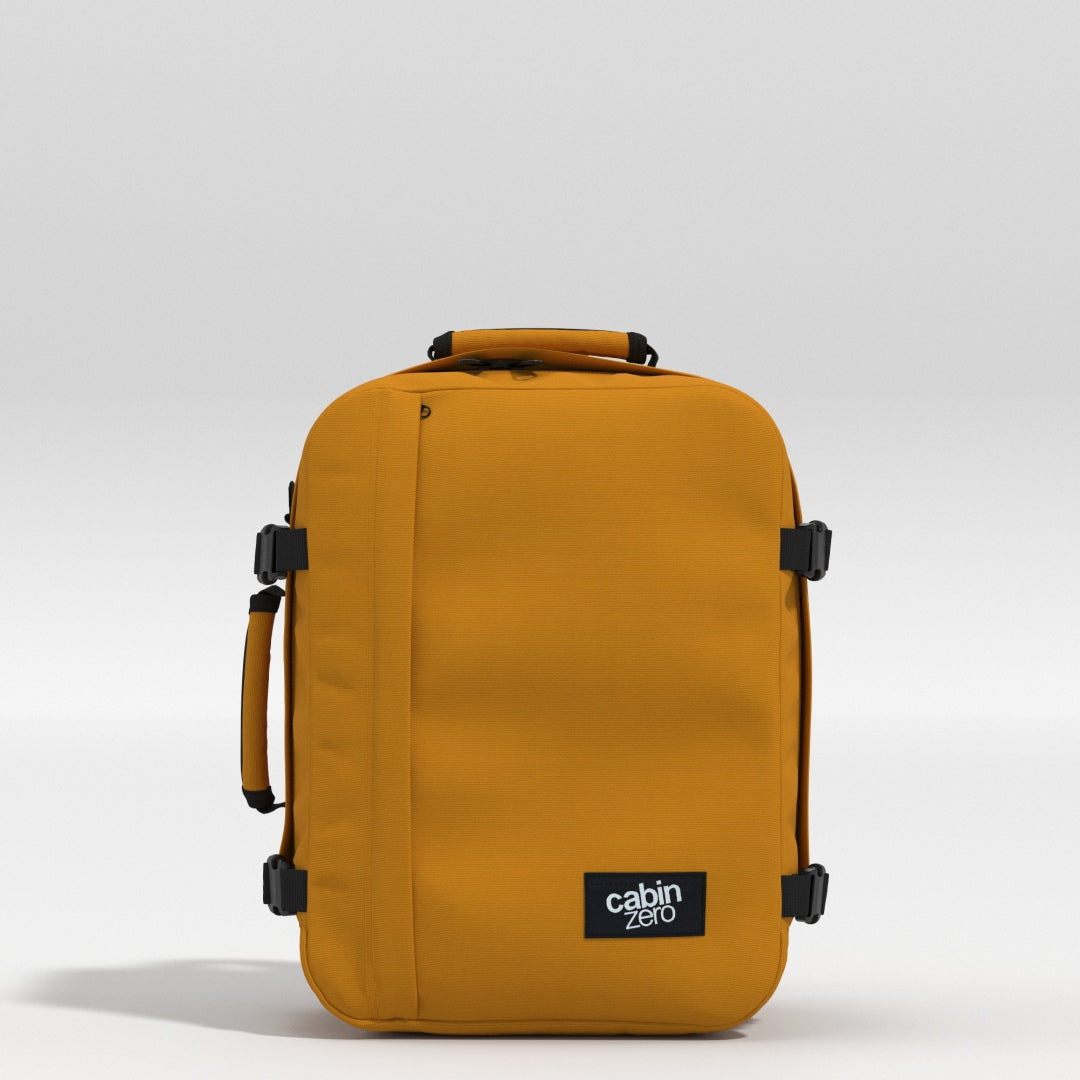

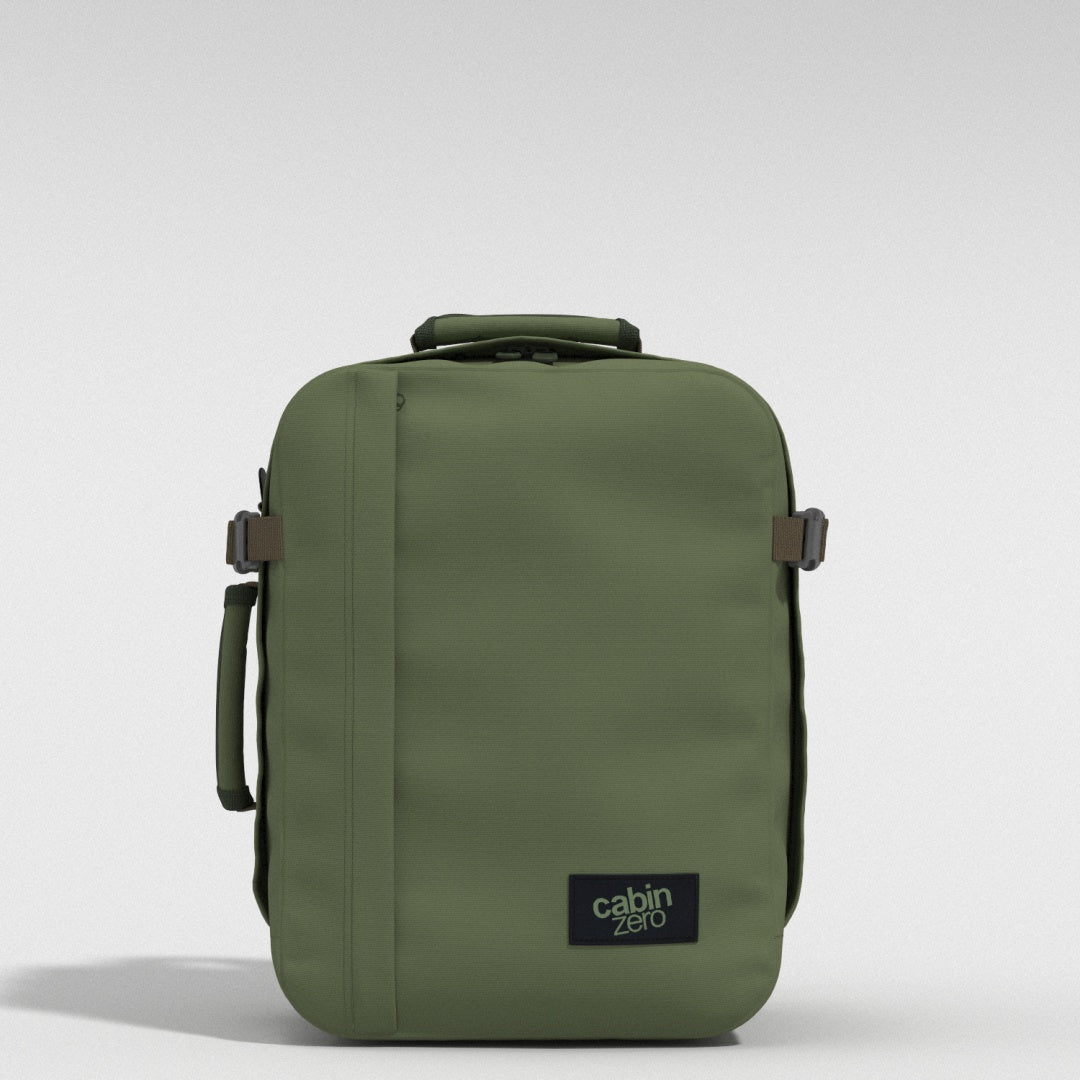

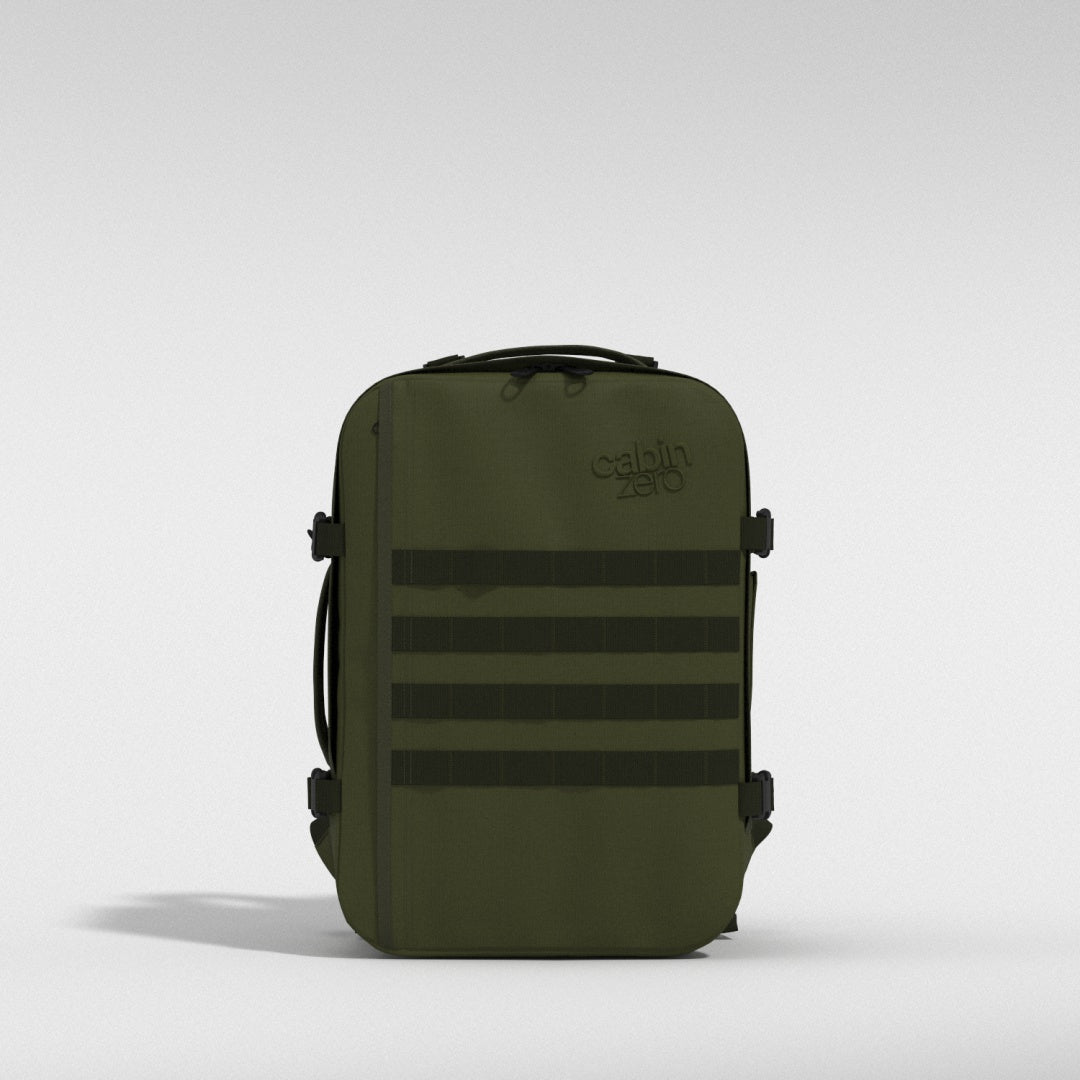

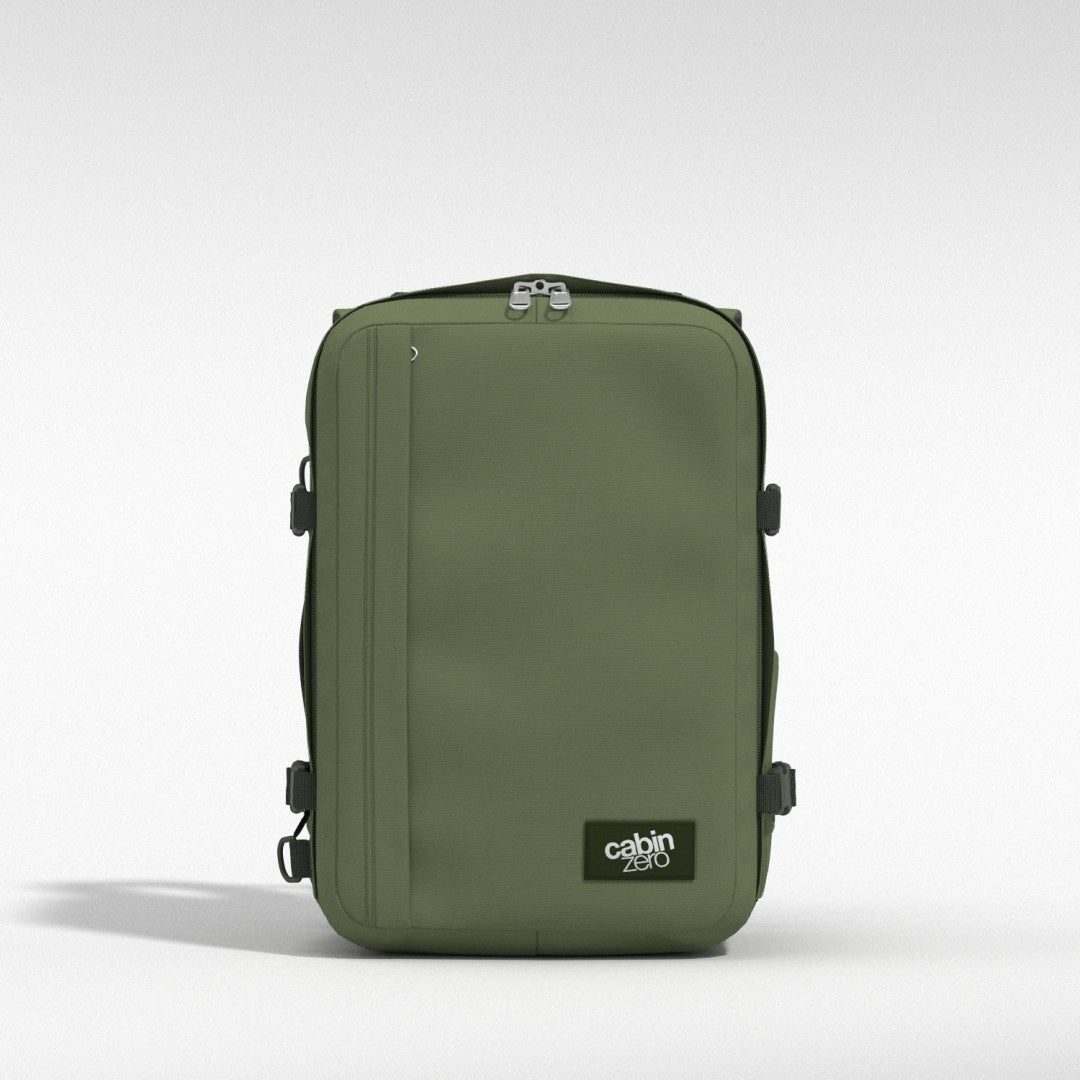

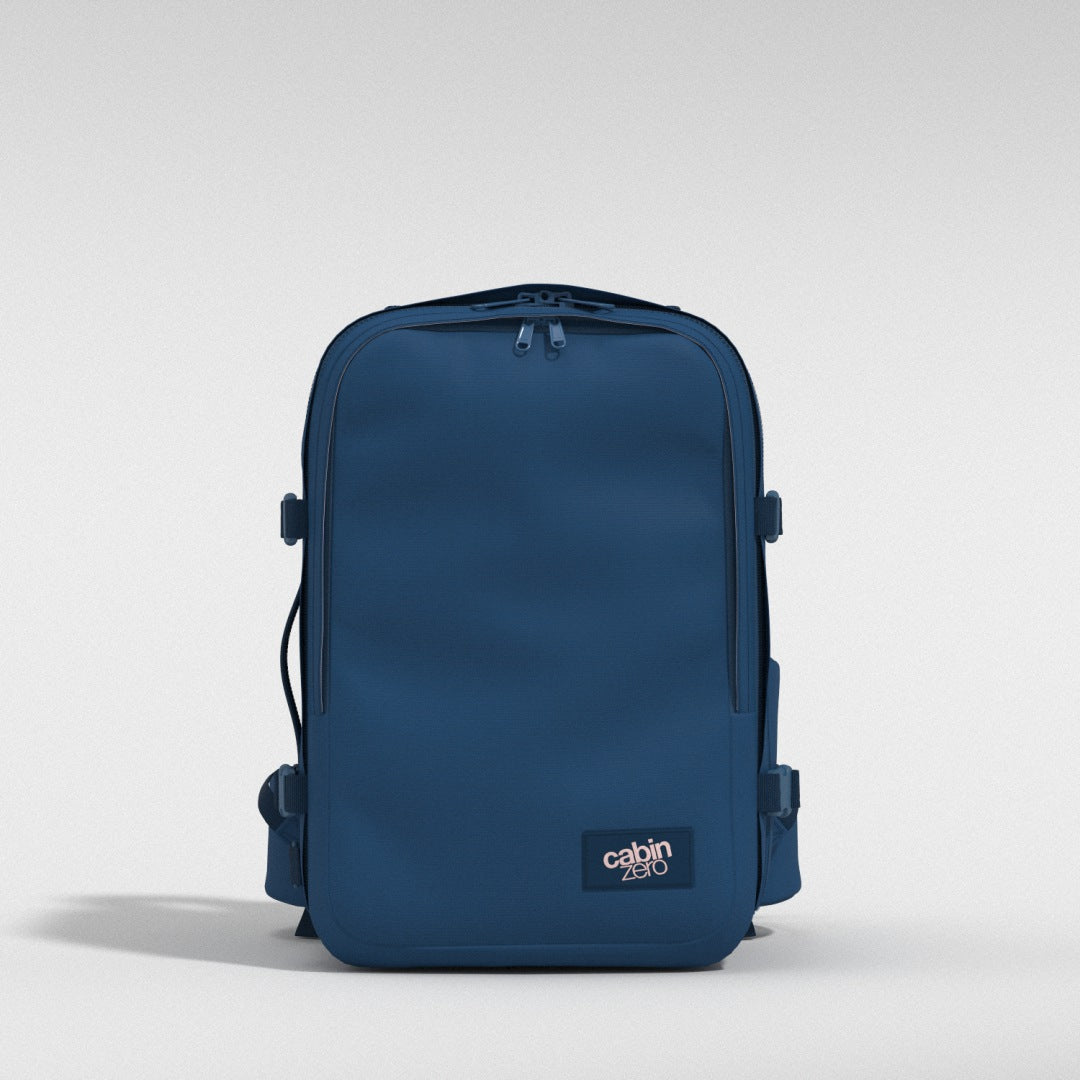





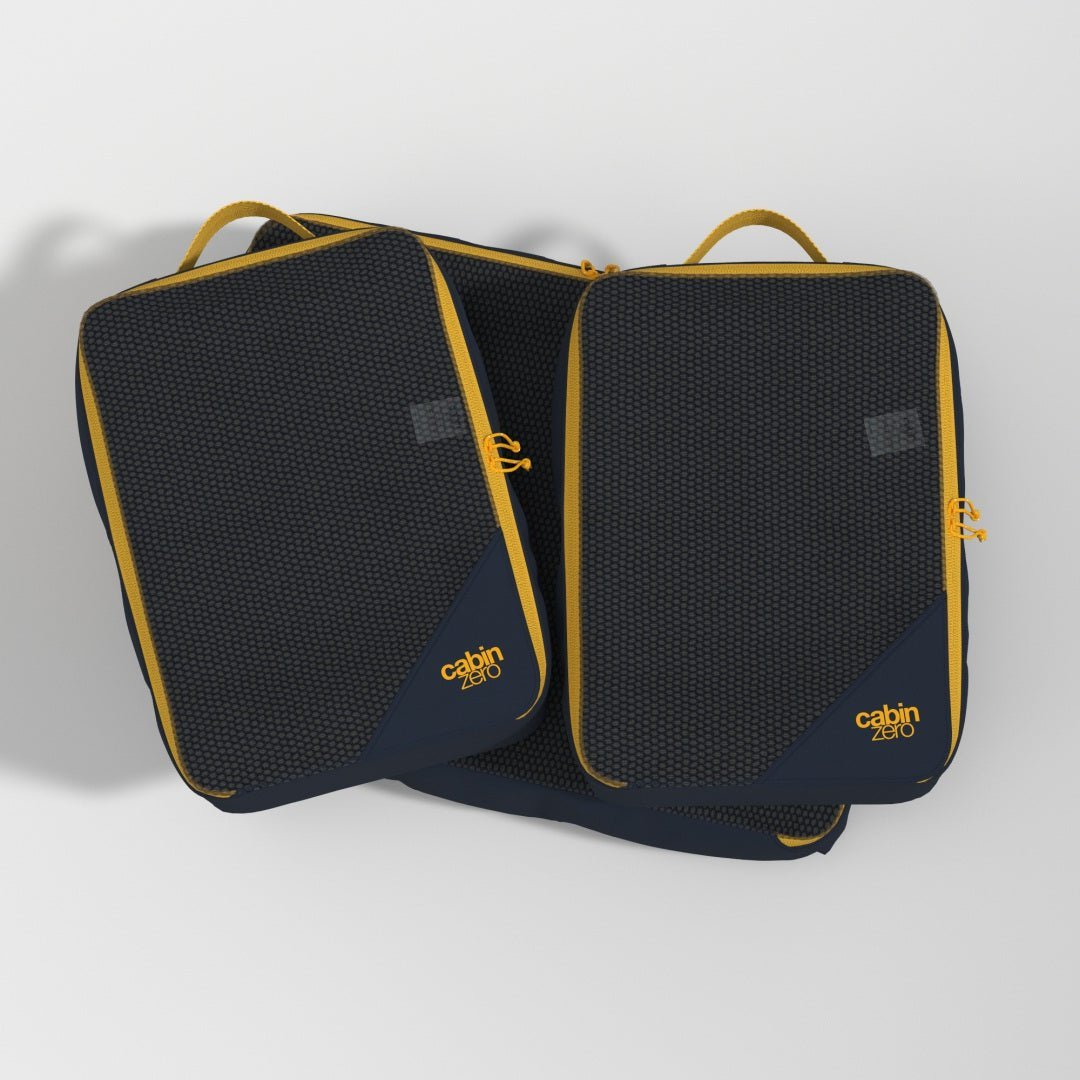






Leave a comment